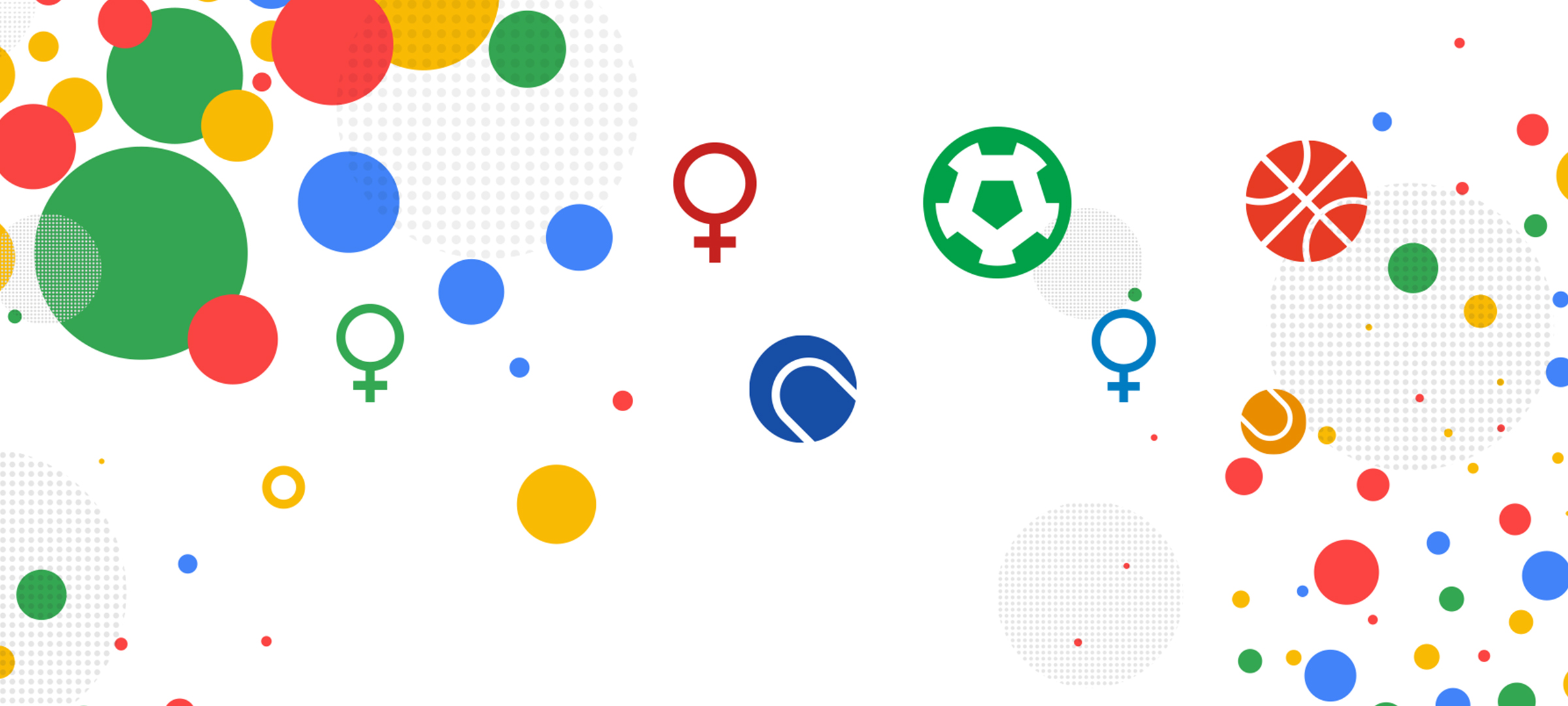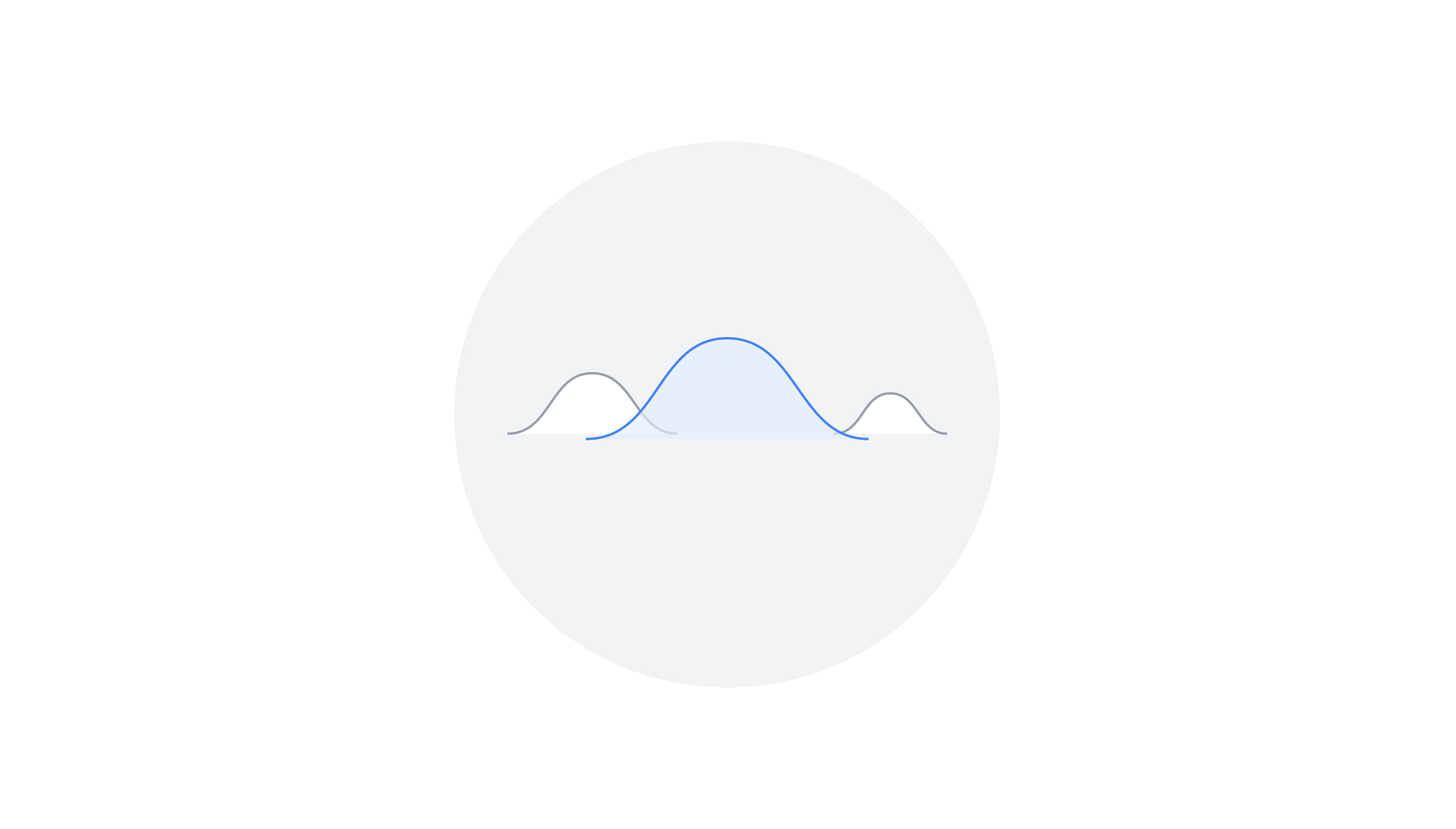Eco-friendly brands and 'clean' products have been gaining traction with consumers – and shelf space with retailers. Now we’re seeing people turn to YouTube as they look to make sense of this burgeoning category and live a more sustainable life.
As a YouTube trendspotter, my job is to sift through the hundreds of hours of material that’s uploaded to the platform every minute to try and make sense of it all.
Sustainable hauls, zero-waste swaps and houseplant tours are just a few of the new types of videos I’m seeing crop up on YouTube. Read on to learn about these videos and how your brand can create content that will appeal to sustainability-minded consumers.
Fashion lovers want to know the story behind their clothes
Hauls – videos in which someone shows and describes products that they’ve bought – have been a part of the fashion community on YouTube for years. But recently we’ve noticed a rise in sustainable hauls, where YouTubers ditch fast fashion in favour of more ethical products. In fact, in 2018, we saw a 190% increase year over year in uploads of haul videos with 'sustainable' in the title and a 13X increase in views of those videos.1

People are increasingly interested in understanding the story behind the products that they buy – and creators are helping them do that. For example, YouTubers like sustainable fashion designer Justine Leconte are building big followings by helping people understand where their clothes come from, how to build capsule wardrobes that won’t need replacing every season and how to find outfits at charity shops.
Brands can get in on this trend by helping potential customers learn more about what went into creating a product. For example, fair-trade fashion brand People Tree went behind the scenes at a factory in India that produces its organic cotton dresses; Adidas used video to explain how it created its range of environmentally friendly trainers; and Allbirds did the same in its Meet Your Shoes series.
Beauty mavens are turning to non-toxic, ethical products en masse
YouTube is brimming with beauty content – everything from makeup tutorials for women fighting cancer to wedding hair inspiration. It’s no wonder that US beauty consumers say it’s their No. 1 digital source for beauty content.2

But just as with fashion, beauty lovers on YouTube are starting to care more about what goes into the creams, powders and lotions that they’re using. Clean beauty – makeup and skin products composed of non-toxic, ethically sourced materials – is becoming increasingly popular. For example, last October, we saw a 7X increase in monthly views of videos with 'clean beauty' in the title.3 Videos like Allana Davison’s Full Face Using 100% Clean Beauty not only helped viewers discover clean beauty products they may not have heard of, but also provided tips on how to use them.
There’s plenty of room for brands to get involved in this space. A survey we carried out with Kantar revealed that US beauty consumers turn to videos produced by brands and publishers nearly as much as product review videos from other users.4 Some of the most-viewed videos that have 'clean beauty' in the title feature celebrities like Gwyneth Paltrow, who founded natural health company Goop, and Bare Minerals’ brand ambassador Hailey Bieber.
People want help living a greener, more sustainable life
Sustainable culture isn’t just about looking good – it’s also about living the good life – in other words, a more sustainable, minimalist lifestyle. Views for videos related to sustainable living that provide tips for being more eco-friendly doubled in 2018 compared to 2017.5
This trend is coming to life on YouTube in a range of ways. For example, one popular category is 'zero-waste swap' videos, where creators provide tips on products to ditch in favour of more sustainable options – metal straws instead of single-use plastic ones, for example.
Another way this trend is playing out is through the growing interest in downsizing, which in some cases, means ditching creature comforts in favour of a more minimalist existence, like living in a van. Videos related to 'van life' – the name given to this nomadic life on the road – experienced a 4.5X increase in views last year compared to 2017.6

Even people who aren’t quite ready to turn over their apartment keys are still looking to make their homes greener – literally. Daily views of videos related to houseplants increased by almost 62% from 2017 to 2018.7 One particularly popular genre is the houseplant tour, where creators show off their plants and explain how to care for them. Since the start of 2019, uploads of videos related to houseplants with 'tour' in the title have more than doubled compared to the same timespan in 2018.
These new types of videos and the rising interest in sustainability highlight new consumer behaviours that are likely here to stay. People are going green in big ways and small, and it’s all playing out on YouTube.





